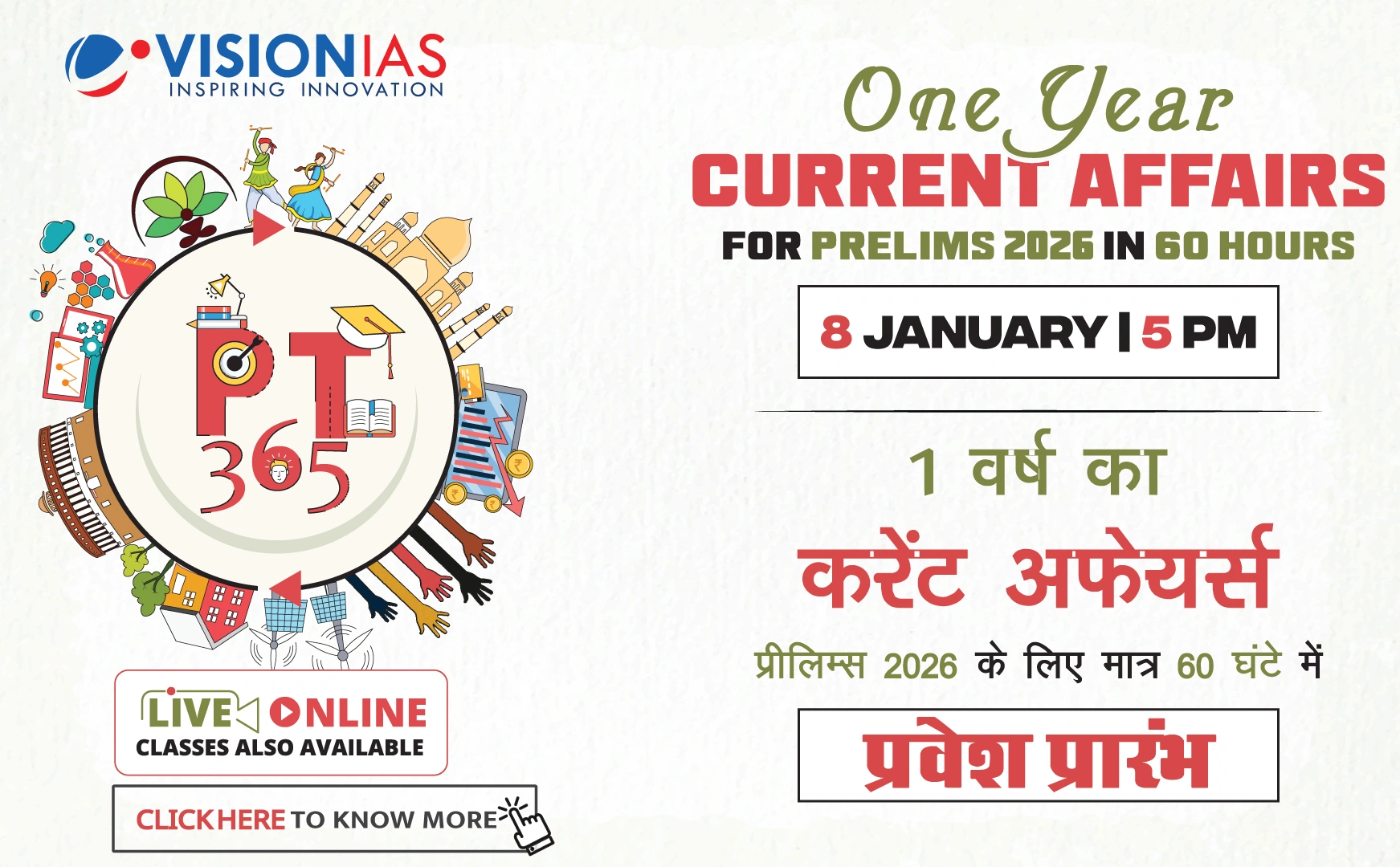Key Highlights from the Finance Secretary's Interview
Income Tax Reforms
- Objective: Address public angst and stimulate economic growth.
- Tax Cuts: Annual incomes up to ₹12 lakh made tax-free, with revised tax slabs.
- Revenue Impact: Government to forego ₹1 lakh crore in revenue.
- Expected Outcome: Broad-based boost to demand, savings, and investments.
Economic Implications
- Investment vs. Consumption: Both seen as crucial in the current economic climate.
- Public Spending: Belief in the power of distributing wealth for economic benefits.
- Impact of Choices:
- Consumption boosts demand across various sectors.
- Savings strengthen bank deposits, aiding credit flow to MSMEs.
- Direct investments support household and small-town developments.
Policy Choices
The government's decision aims to inject extra disposable income into the economy, addressing slowdown concerns and enhancing growth engines through demand stimulation.
Interest Rate Speculation
The Finance Secretary refrained from speculating on possible RBI rate cuts, noting that inflation is decreasing and the decision lies with the RBI's Monetary Policy Committee.
Fiscal Management
- Fiscal Deficit: Maintained at 4.4% of GDP.
- Capital Expenditure:
- Effective capital expenditure: ₹15.48 lakh crore.
- Includes ₹11.21 lakh crore directly by the Centre and additional support for States.
- Public sector firms to contribute an additional ₹5 lakh crore, totaling approximately ₹20 lakh crore.



